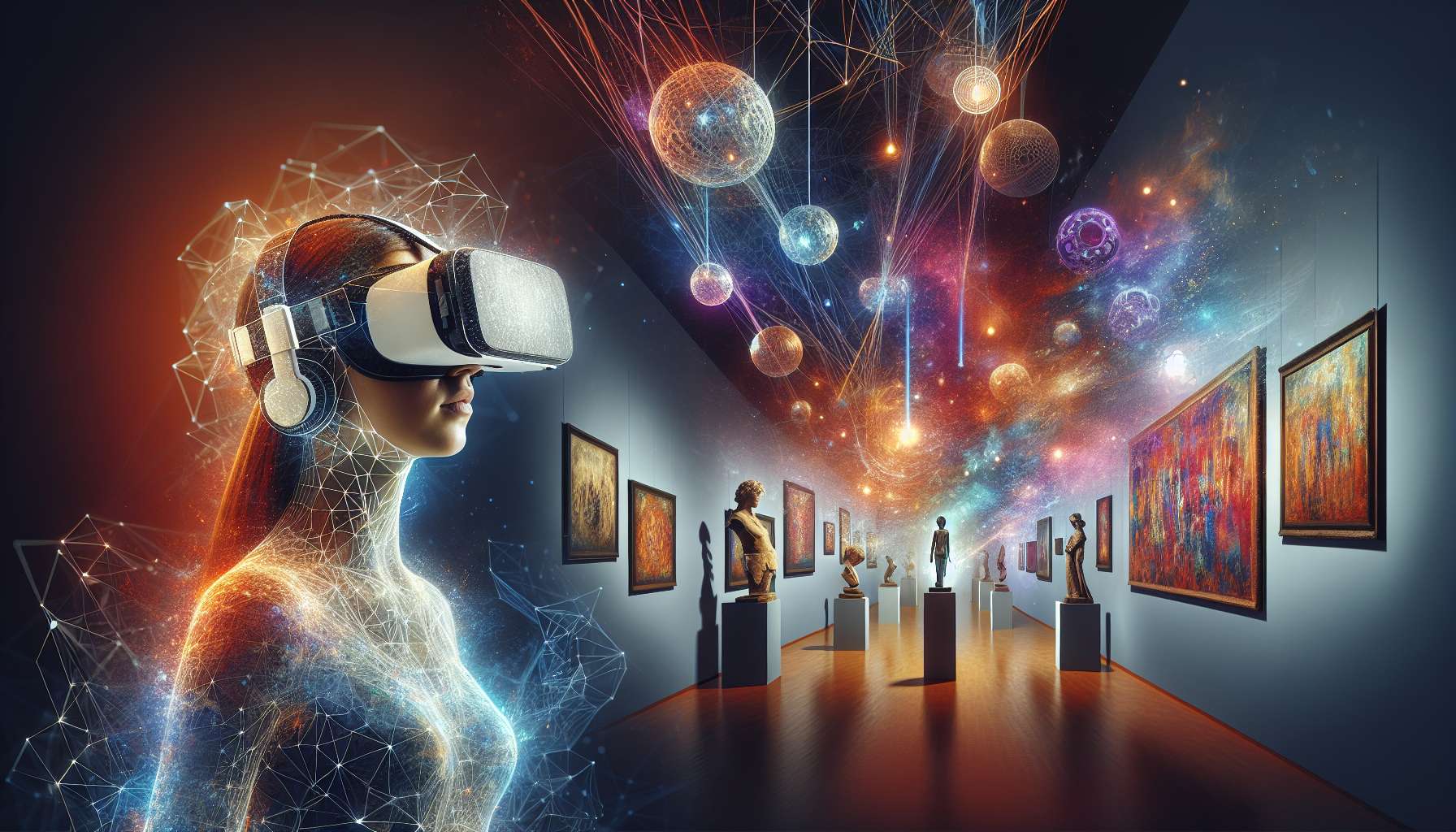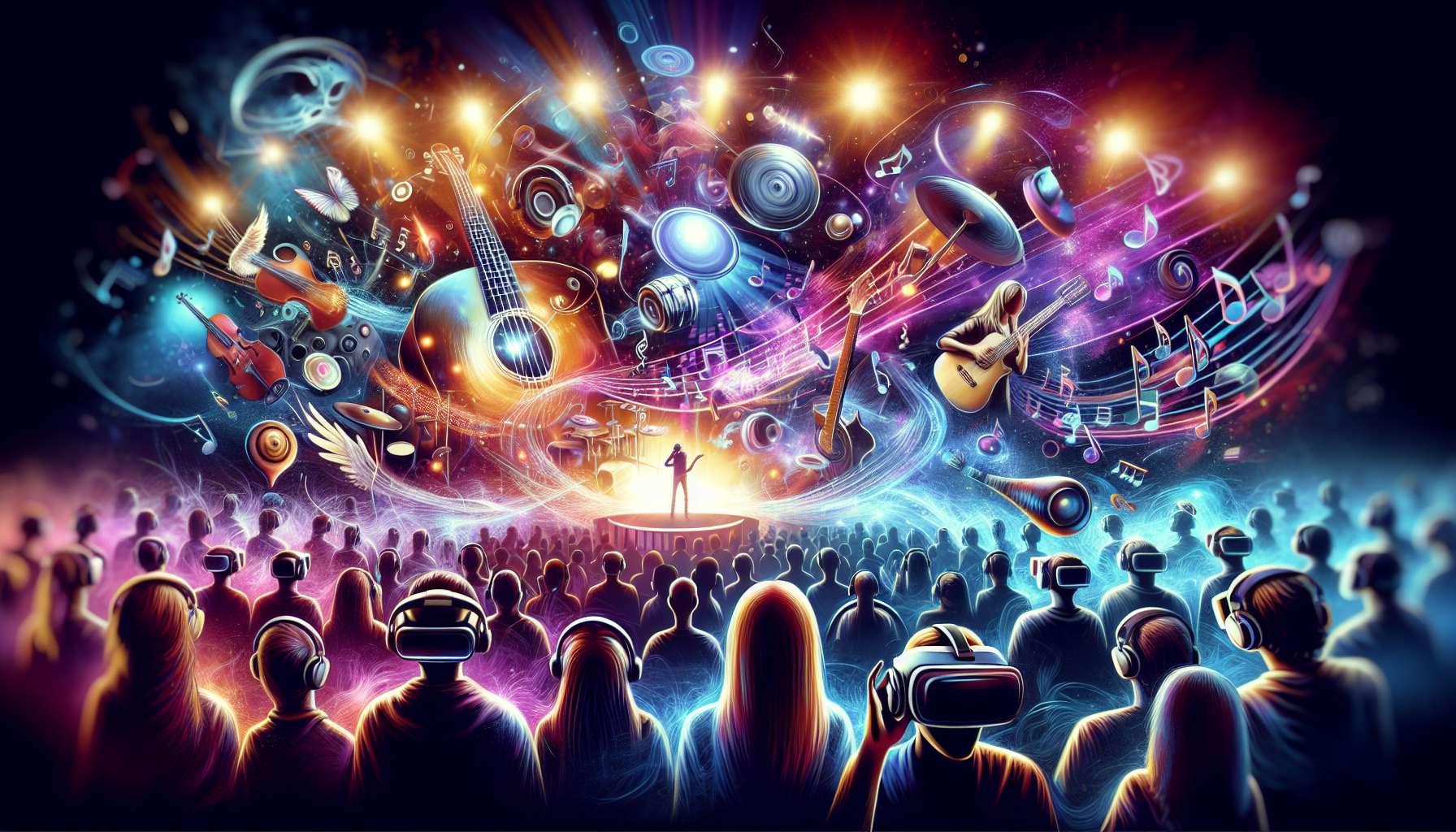Exploring Virtual Reality Art Galleries and Museums
Virtual reality (VR) has revolutionized the way we experience art and culture. With the advancement of technology, art galleries and museums have embraced VR to provide immersive and interactive experiences to visitors. In this article, we will explore the world of virtual reality art galleries and museums and how they are changing the way we appreciate and engage with art.
The Rise of Virtual Reality in the Art World
Virtual reality has opened up new possibilities for artists and art enthusiasts alike. It allows artists to create virtual exhibitions and installations that transcend the limitations of physical space. VR art galleries and museums provide a platform for artists to showcase their work to a global audience without the constraints of location or time.
Moreover, virtual reality offers visitors a unique opportunity to engage with art in a more immersive and interactive way. Instead of simply observing a painting or sculpture, VR allows users to step into the artwork itself, exploring every detail from different angles and perspectives.
Benefits of Virtual Reality Art Galleries and Museums
One of the major advantages of virtual reality art galleries and museums is accessibility. Traditional art galleries and museums are often limited by physical barriers, making it difficult for everyone to visit and experience the art. VR eliminates these barriers, allowing anyone with a VR headset to access and explore art from anywhere in the world.
Virtual reality also offers a level of interactivity that is not possible in traditional art spaces. Users can interact with the artwork, manipulate objects, and even create their own virtual art. This hands-on experience enhances the overall engagement and understanding of the art.
Additionally, VR art galleries and museums can provide educational experiences. Users can learn about the history and context of the artwork through informative audio guides or interactive displays. This makes art more accessible and engaging for people of all ages and backgrounds.
Notable Virtual Reality Art Experiences
Several virtual reality art galleries and museums have gained recognition for their innovative and captivating experiences. One such example is the National Museum of Fine Arts VR, which allows users to explore famous artworks from the comfort of their homes. The VR experience provides detailed information about each artwork and offers a truly immersive journey through art history.
Another notable virtual reality art gallery is Tilt Brush by Google. Tilt Brush allows users to create their own virtual art in a three-dimensional space. This innovative tool has revolutionized the way artists create and share their work, pushing the boundaries of traditional art forms.
The Future of Virtual Reality in Art
As technology continues to advance, virtual reality is expected to play an even bigger role in the art world. With the development of more sophisticated VR headsets and tools, artists will have greater creative freedom to experiment and push the boundaries of their art.
Virtual reality art galleries and museums will continue to evolve, offering more realistic and immersive experiences. The integration of artificial intelligence and augmented reality into VR art experiences will further enhance the interactivity and engagement for users.
In conclusion, virtual reality art galleries and museums have transformed the way we experience and appreciate art. They provide accessibility, interactivity, and educational opportunities that traditional art spaces cannot match. As technology advances, the future of virtual reality in the art world looks promising, opening up new possibilities for artists and art enthusiasts alike.








